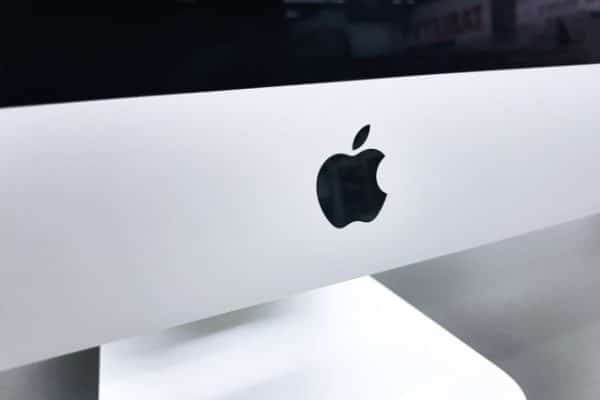What does Apple's enterprise growth mean for IT administrators? [Q&A]

The use of Apple devices in the enterprise has grown exponentially over the past year. In fact, a recent report from IDC showed that macOS was the operating system of choice for 23 percent of computers at US companies with 1,000 employees or more in 2020, up from 17 percent in 2019.
As businesses continue to adopt Apple devices at work, Mosyle CEO Alcyr Araujo, wants to highlight how to seamlessly deploy, manage, maintain and protect these devices at scale. He believes simple, intuitive and automated mobile device management (MDM) and endpoint security are the key to solving new endpoint management and security challenges, we spoke to him to find out more.
BN: Why has Apple seen such rapid growth in enterprise adoption? Has remote work impacted this trend?
AA: 2020 was a big year for Apple. The company introduced the M1 chip, posted record earnings results and saw Mac sales grow 11 percent year-over-year. This innovation and growth resulted in substantial inroads in the enterprise space too, with some firms reporting Apple had nearly 25 percent market share. We've also seen sentiment towards Apple devices at work continue to trend positive, with a recent survey showing more than half of all small and mid-sized enterprises use or explicitly approve of Apple devices at work.
While I'm excited about the rise in adoption of Apple devices in the enterprise, I can't say that I'm surprised. Over the years, Apple has set the standard for productivity, privacy, security and user experience.
As companies become increasingly mobile-first and open to remote and hybrid work options, there has been a huge influx of Apple devices introduced through choose-your-own device initiatives and bring-your-own-device programs. Organizations have found that more employees are looking to work on devices they are comfortable using in their personal life. In fact, a recent study found that over 70 percent of employees report that they are more productive when working with a device they select. Think about it, if you use a Mac at home why, not use that same device for work?
BN: What sort of challenges are enterprises seeing with this growth?
AA: While Macs and iPads have helped workers stay productive before and throughout the pandemic, the increase in adoption has created new responsibilities for IT teams deploying, managing and protecting these devices at scale. From the IT side of things, teams need to be able to provide the necessary access, protection and connectivity to remote employees to make work-from-anywhere attainable.
Think about what it takes to onboard a new employee -- you need to set up their computer, apps, macOS system and other devices they will be working from, like an iPhone or iPad. In the age of remote work, IT teams must fully configure a new hire's device before it is shipped to them to ensure they'll have access to everything they need from the very first time the device is turned on.
For an IT team switching from predominately Windows systems to Apple devices, at first glance, this looks like a challenge -- especially in a remote setting. And that's just for new employees. Existing workers will still need support configuring devices, updating and installing new apps and other significant device upgrades.
BN: How can businesses solve these challenges?
AA: Macs, iPad and iPhones are designed with ease of use in mind to deliver high levels of performance, compatibility, security and privacy. While this is true for business and personal use, enterprises need to be smart about how they set up and manage their devices.
In my experience, this is where a modern, specialized Apple MDM solution really shines and can help make device management a frictionless task. With new adaptations of MDM tools that consider advanced technology and security, IT teams can seamlessly execute new responsibilities and address challenges, like hardening, compliance and patching to leverage fully automated workflows. It's normal for IT teams to share that the level of automation on remote management and security they now have for their Apple devices is significantly better than what they used to have for Windows devices. That's always a pleasant surprise for new Apple enterprise customers.
BN: Even though Apple devices are seen as secure, is there anything enterprises should pay attention to?
AA: There's no doubt Apple puts a massive focus on privacy and security. However, the growth in enterprise adoption is also starting to catch the eyes of hackers -- a recent study found that macOS malware surged by over 1,000 percent in 2020.
As employees no longer work inside the four walls of a business and the traditional network evaporates, we've seen a seismic shift of focus from network to endpoint protection. To keep up with the increasing threat from hackers, enterprises are now looking for a better way to manage devices and protect their organizations from new vulnerabilities.
There's an obvious need for better endpoint security in the enterprise, so it makes sense for end users to see how they can leverage management solutions to natively work with Apple endpoint security offerings. This fusion will ensure devices are not only effectively supported, but also follow the latest cybersecurity recommendations, meet compliance mandates and monitor for malware.
Image credit: WDnet Creation / Shutterstock
